
Published:
Readtime: 15 min
Every product is carefully selected by our editors and experts. If you buy from a link, we may earn a commission. Learn more. For more information on how we test products, click here.
PlayStation 5 or Xbox Series X? Nintendo Switch OLED or Steam Deck OLED? These are the real questions you’re probably asking yourself if you’re in the market for one of the best game consoles. Ultimately, it might boil down to choice when you’re deciding between the big two, but with a handful of portable consoles hitting the market (ASUS ROG Ally X, Steam Deck, etc.) the competition is getting fierce.
Legions of loyalists from each side of the fence have begun engaging in the kind of hostile debates that you’d typically find between rival sports fans. So goes the gaming experience in the modern era and we’re not here to judge. What we are here to do is guide you toward some of the best gaming consoles that money can buy right now. Let’s get into it!
Best Consoles for Gaming at a Glance
Highlights from our list include the following:
- Best gaming console overall: PlayStation 5 Slim
- For portability: Asus ROG Ally X
- Best for families: Nintendo Switch OLED
Now that we’ve looked at our favourites, let’s check out the complete list.
RELATED:
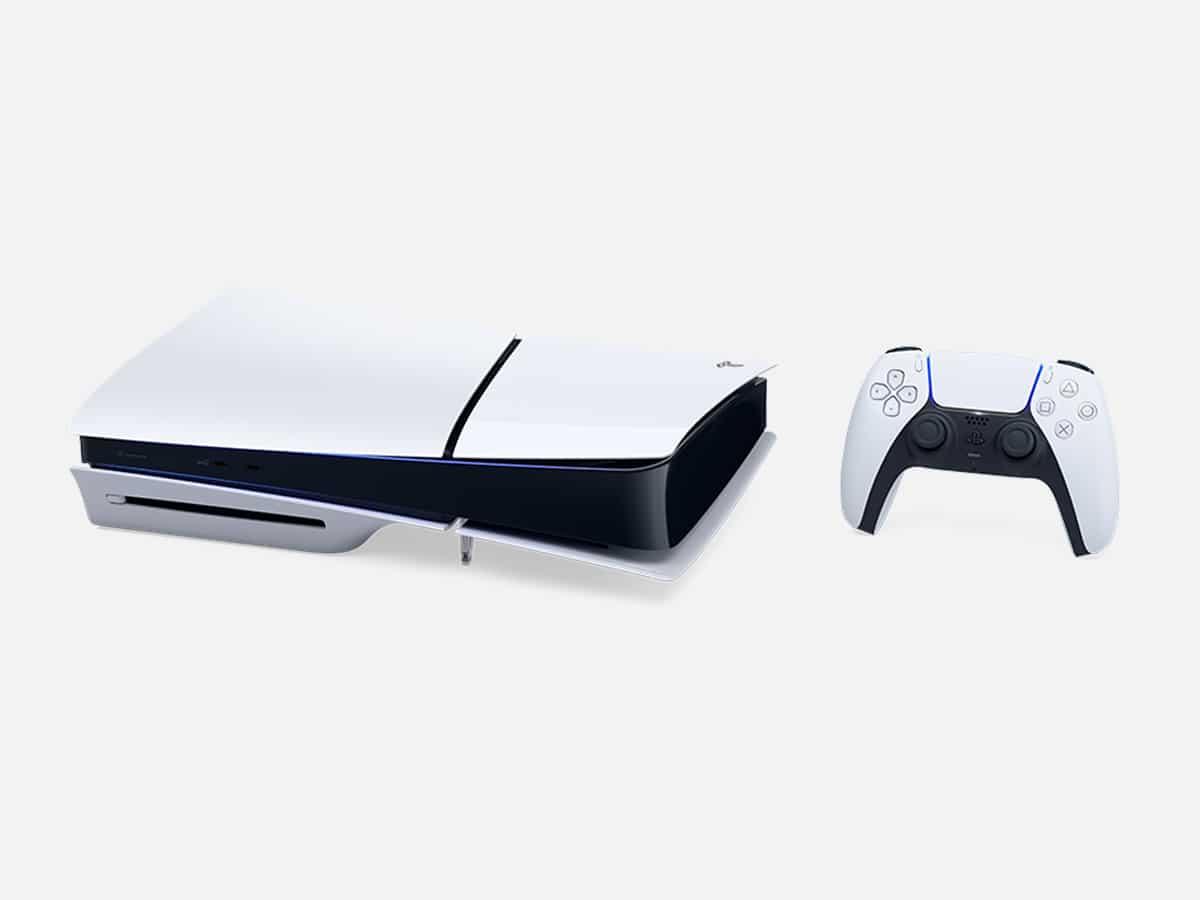
1. PlayStation 5 Slim
Price: from AU$769 (Digital), AU$799 (Disc)
- Pros: Between its deft sleek design, mid-range CPU-rivalling hardware, comfortable DualSense controllers, and a huge library of popular game titles, the PS5 leaves precious little to be desired.
- Cons: Some users may find that even 1TB of storage (which is more like 850GB) still isn’t enough to suit their needs meaning you’ll need to spend around $250 on an M.2 SSD to get 2TB of added storage.
Sony’s PlayStation has been wildly popular since it was first introduced with no signs of slowing down anytime soon. The fifth iteration—aka PS5—touts a uniquely curved and futuristic design, which looks all the more sleek on the “slim” version that has replaced the original PS5.
While the differences are surface-level, as the internals remain the same, the slim model has reduced in volume by more than 30% and it’s around 24% lighter compared to the full-fat PS5.
While we’re yet to get our hands on the Slim model, we’ve been using the original version of the PS5 almost every day since it was released and fundamentally the performance of the product remains unchanged. Compared to your average gaming PC this game console is a relative bargain that can output resolution, 120hz refresh rate, HDR, and delivers 1 TB of storage, and 3D audio amongst other things. Not all games will hit those highs, but the PS5 is more than capable of delivering them.
The DualSense Wireless Controller is one of the biggest upgrades over the previous generation PS4. They remain comfortable in the hand for hours of gameplay, and while you’ll probably turn off the haptic feedback and adaptive triggers if you’re a die-hard gamer, they’re a fun addition for casual gameplay. You can even buy a DualSense Edge controller (AU$339.95) that adds re-mappable buttons and changeable stick caps.
It’s worth noting that, if you’re a serious gamer that wants the best of the best (and you’re not a PC gamer), Sony launched a PlayStation 5 Pro which improves on many of the base PS5’s strengths. However, the Pro is priced a fair bit higher than the Slim at AU$1,199, and given that it’s an upgrade pick, and not a whole new console generation, we’re recommending most people stick with the Slim.
PS5 Slim Specifications:
- CPU: x86-64-AMD Ryzen “Zen 2” with 8 Cores / 16 Threads and Variable frequency, up to 3.5 GHz
- GPU: AMD Radeon RDNA 2-based graphics engine with Ray Tracing Acceleration and Variable frequency, up to 2.23 GHz (10.3 TFLOPS)
- System Memory: GDDR6 16GB with 448 GB/s Bandwidth
- SSD: 1TB with 5.5GB/s Read Bandwidth (Raw)
- Video Out: Support of 4K 120Hz TVs, 8K TVs, VRR (specified by HDMI ver.2.1)
- Audio: “Tempest” 3D AudioTech
- Input/Output Front of Console:
- USB Type-C port (Super-Speed USB 10Gbps)
- USB Type-C port (Hi-Speed USB)
- Input/Output Back of Console: USB Type-A port (Super-Speed USB 10Gbps) x2
- Networking: Ethernet (10BASE-T, 100BASE-TX, 1000BASE-T) Wi-fi: IEEE 802.11 a/b/g/n/ac/ax
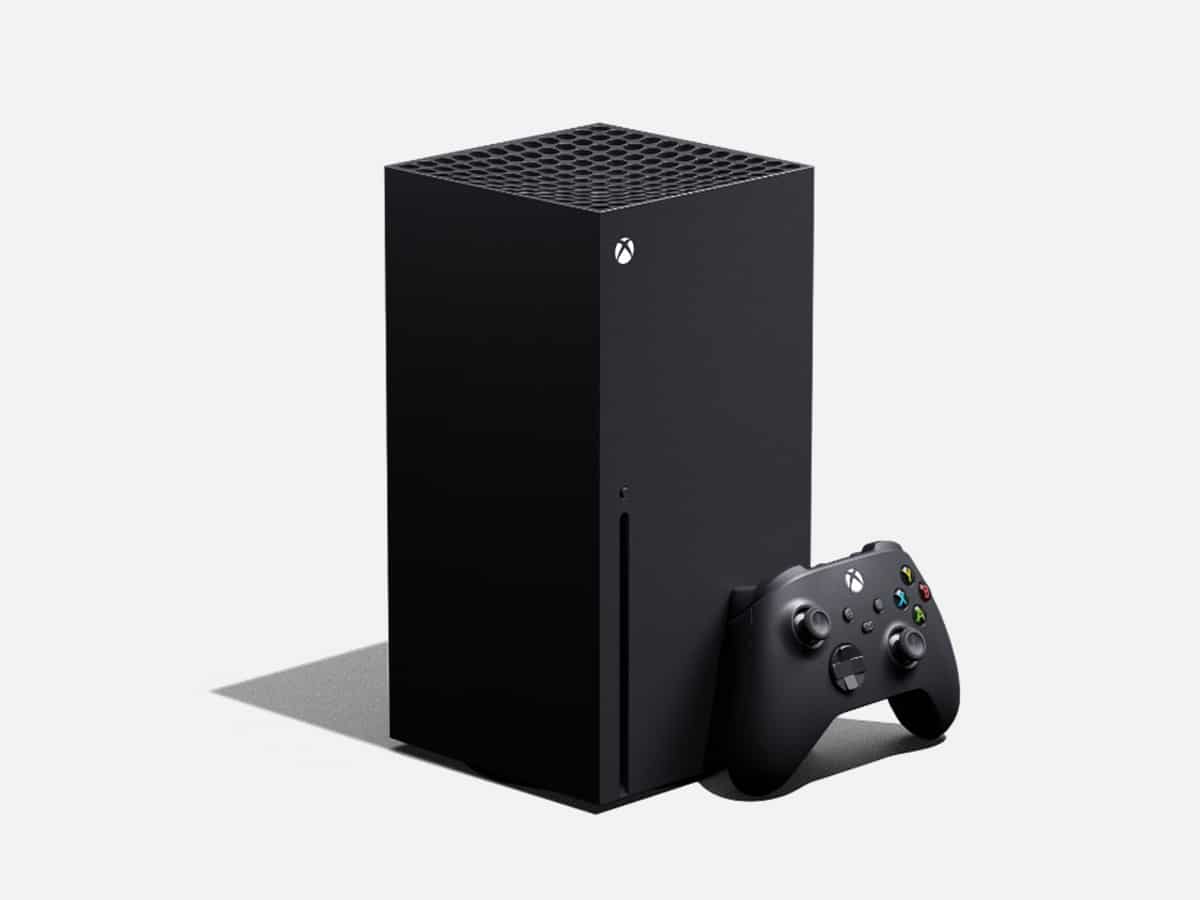
2. Xbox Series X
Price: from AU$799
- Pros: The most powerful Xbox to date is a true competitor to the Sony PS5 and offers a handful of exclusive titles (e.g. Forza) and the best value-for-money monthly subscription of all game consoles. Of course, it does this while delivering 4K resolution, outstanding performance, and a disc drive for BluRay at up to 8K with HDR.
- Cons: Globally, the PlayStation 5 continues to grow its market share which has resulted in a wider online player base and more competitive play, especially online. It’s still the preferred choice for most gamers.
Microsoft’s answer to PlayStation 5, the Xbox Series X delivers similar levels of power and performance with its line-up of exclusive titles. In fact, that’s the main reason to choose a PS5 over an Xbox Series X or vice-versa. It’s almost entirely down to the games titles you have access to and want to play as they perform equally in our testing. There are, however, a few software and subscription differences that might have you leaning towards the Xbox.
Perhaps its biggest draw is an online subscription service called Game Pass, which puts hundreds of games at your fingertips for AU$11.95/month. Sony launched a similar membership plan with tiered subscriptions priced from $18.95/month, but being quite an expensive subscription, we haven’t had a chance to test that membership out yet to compare it to Game Pass.
As for the difference between the Xbox Series X and Xbox Series S, the more expensive option has 3x the processing power, supports 4K resolution, and has a disc drive. It’s also $300 more expensive, but if you’re serious about finding the ultimate gaming console on the market, we can only recommend the best.
Related: Xbox’s ‘Indiana Jones and the Great Circle’ Looks Like Pure Adventure Gold
Xbox Series X Specifications:
- RAM: 16 GB GDDR6 RAM
- CPU: 8x Zen 2 Cores at 3.8GHz (3.6GHz with SMT)
- GPU: Custom AMD Radeon RDNA Navi 12 Teraflops, 52 CUs at 1.825GHz with DirectX Ray Tracing
- Video output: Native 4K, 8K Support, Up to 120hz (120fps)
- Storage: 1 TB NVMe SSD Storage Drive
- External storage: Seagate Proprietary External 1TB SSD Expansion Card, USB 3.2 HDD Support
- USB:
- Front: One Type-A USB Port
- Rear: 1TB External SSD Slot
- A/V Hookups: Native 4K, 8K Support, 2 HDMI 2.1 Ports
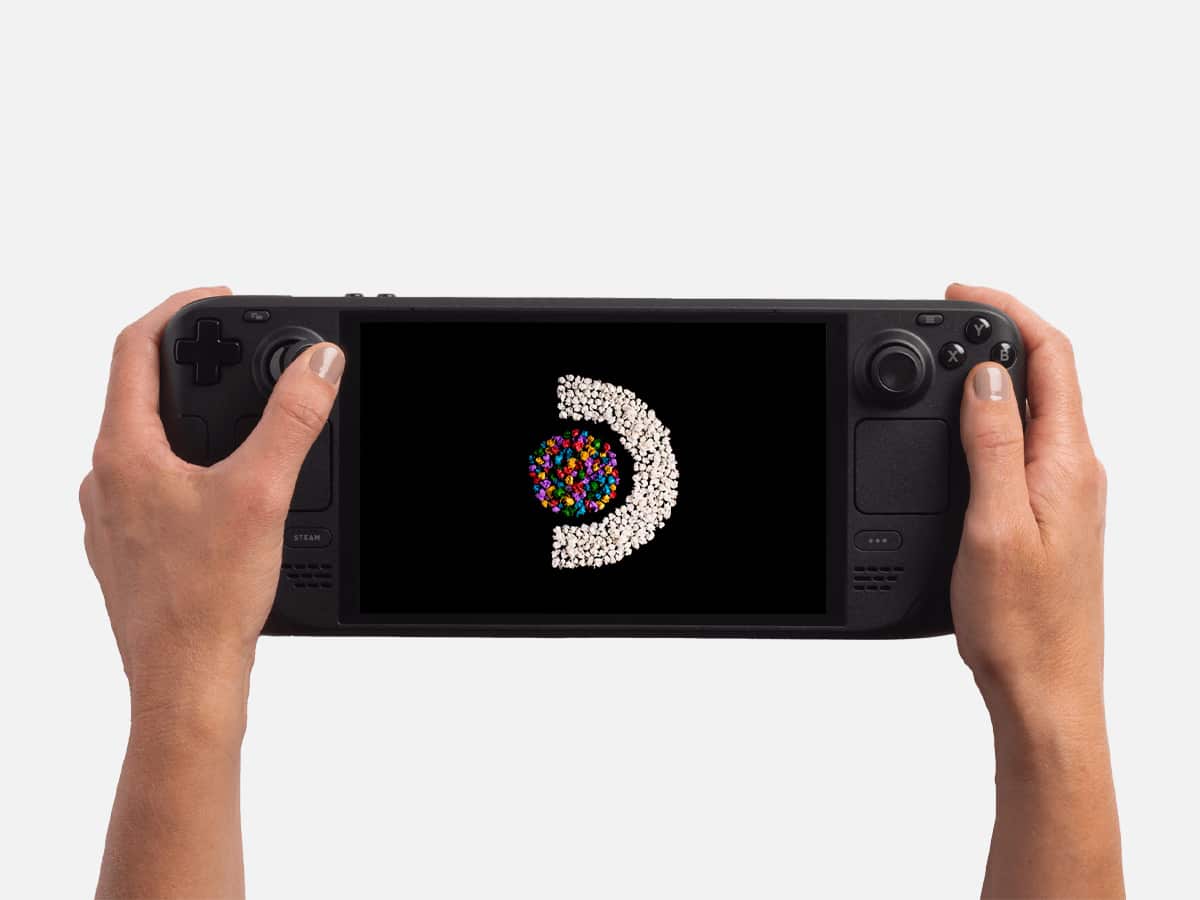
3. Steam Deck OLED
Price: from AU$899
- Pros: This is an outstanding handheld device for serious gamers. Like many Nintendo Switch owners, our poor Switch has been collecting dust ever since we got our hands on the Steam Deck OLED. It offers more power and a more impressive display with up to 90hz refresh rate. It also syncs with the Steam platform so you can play every game from your PC in your hand.
- Cons: Like other hand-held PC gamers, high-level games will deplete the battery life of the Steam Deck OLED very quickly. We’re talking 2-3 hours max.
If you’ve ever wondered what it’s like to carry around your PC in your hand, let us introduce the Steam Deck OLED. This is the latest iteration of the device that started it all, combining a 7.4-inch OLED display with a 90hz refresh rate and powerful hardware for smooth gameplay. Of course, this is backed by up to a 1TB NVMe SSD so you can store all your games internally.
Compared to the non-OLED models, the Steam Deck OLED adds a handful of new hardware and software features that improve battery life. It starts with the 6 nm APU for better efficiency, more thermal module thickness, and improved memory power management firmware. There’s also a larger 7.4-inch screen and support for WiFi 6E, and we found the sticks were grippier and more controlled when gaming.
In our time with the device, we also used the Steam Deck OLED as a PC when working from home. With the correct adaptor, the USB-C port can handle multiple inputs from your keyboard, mouse, and monitor.
Steam Deck OLED Specifications:
- Processor:
- CPU: Zen 2 4c/8t, 2.4-3.5GHz (up to 448 GFlops FP32)
- GPU: 8 RDNA 2 CUs, 1.6GHz (1.6 TFlops FP32)
- APU: 6 nm AMD APU at 4-15W
- Display:
- Resolution: 1280 x 800 x RGB
- Type: HDR OLED
- Display size: 7.4” diagonal
- Maximum Brightness: 1,000 nits peak brightness (HDR) and 600 nits (SDR)
- Contrast ratio: 1,000,000:1
- Color gamut: 110% P3
- Refresh rate: up to 90Hz
- Response time: <0.1 ms
- Memory: 16 GB LPDDR5 on-board RAM (6400 MT/s quad 32-bit channels)
- Storage: Up to 1TB NVMe SSD
- Ports: Display port over Type C; up to 8K @60Hz or 4K @120Hz, USB3 gen 2
- Network and Communication: Wi-Fi 6E, Bluetooth 5.3
- Battery: 50Whr battery. 3-12 hours of gameplay
- Power Supply: TYPE-C power supply 45W
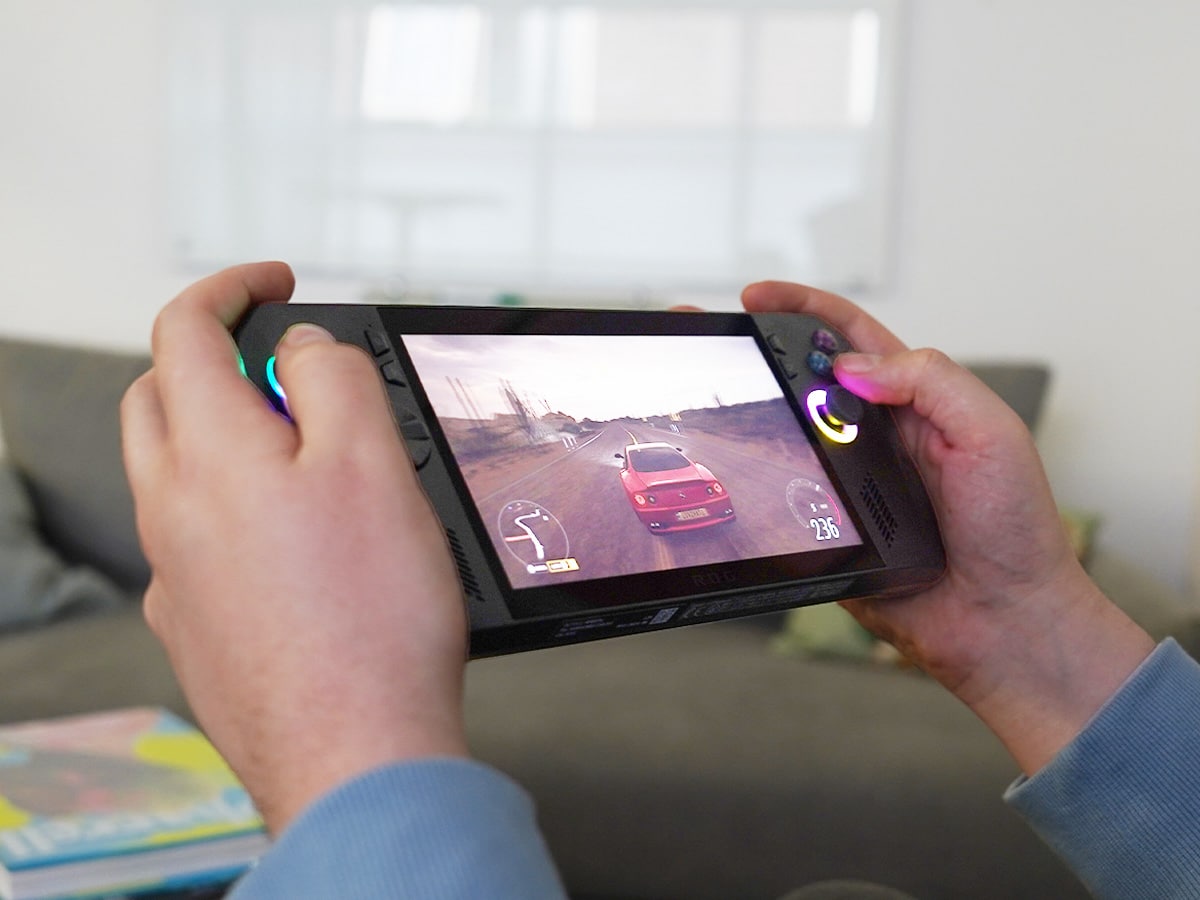
4. Asus ROG Ally X
Price: from AU$1,599
- Pros: One of the most powerful portable gaming consoles on the market. Considerably more powerful than the Steam Deck with more freedom of games e.g. Xbox Game Pass.
- Cons: Running at 30W, it uses a lot of power. You want to use max power to get the most from your games, however, it eats through battery life when doing this and you’ll end up turning it down to save battery.
Just when you thought nothing could compare to the performance and portability of the Steam Deck OLED, the ROG Ally X enters the chat with greater performance and display capabilities. We had a chance to use this one for an extended period at launch and were impressed by the hardware and underlying performance, but since then the brand has added gyroscope aiming and plenty of updates to iron out intermittent crashing.
Let’s talk hardware first. Compared to the Steam Deck, the ROG Ally is equipped with a Ryzen Z1 Extreme that brings 8 Zen 4 cores and 12 RDNA 3 cores for up to 8.6 TFLOPs, according to AMD. On the other hand, the Steam Deck is equipped with the older Ryzen Z1 with 6 Zen 4 cores and 4 RDNA 3 cores for up to 2.8 TFLOPS.
This performance does come at a price though, because the Ally is let down by below-average battery life and during our testing with games like Forza Horizon 5 we managed to get less than 1.5 hours of gameplay at 120fps. This is with VRR (variable refresh rate) switched on, a feature unique to the Ally. Of course, you can turn the power down through the Armoury Crate for extended battery life or plug in a large power bank.
We also weren’t the biggest fan of the Windows interface which means navigating on minuscule touch buttons to find your way around the device. It’s not a seamless experience like the Steam Deck which uses its own operating system in a similar way to the Nintendo Switch.
Related: ASUS ROG Ally X Review: New and (Mostly) Improved
Asus ROG Ally X Specifications:
- Processor:
- CPU: AMD Ryzen Z1 Extreme Processor (“Zen4” architecture with 4nm process, 8-core /16-threads, 24MB total cache, up to 5.10 GHz boost)
- GPU: AMD Radeon Graphics (AMD RDNA™ 3, 12 CUs, up to 2.7 GHz, up to 8.6 Teraflops)
- TDP: 9-30W
- Display:
- 7-inch FHD (1920 x 1080) 16:9 IPS-level
- sRGB: 100%
- Refresh Rate: 120Hz
- Response Time: 7ms
- Brightness: 500nits
- FreeSync Premium
- Memory: 16GB LPDDR5 on board (7500MT/s dual channel)
- Storage: 1TB PCIe 4.0 NVMe M.2 SSD (2230)
- Ports:
- 1x 3.5mm Combo Audio Jack
- 1x ROG XG Mobile Interface and USB Type-C combo port (USB 3.2 Gen2, DisplayPort 1.4)
- 1x UHS-II microSD card reader (supports SD, SDXC and SDHC)
- Audio:
- AI noise-cancelling technology
- Hi-Res certification (for headphone)
- Dolby Atmos
- Built-in array microphone
- 2-speaker system with Smart Amplifier Technology
- Network and Communication: Wi-Fi 6E (802.11ax), Bluetooth 5.2
- Battery: 80WHrs
- Power Supply: TYPE-C, 65W AC Adapter
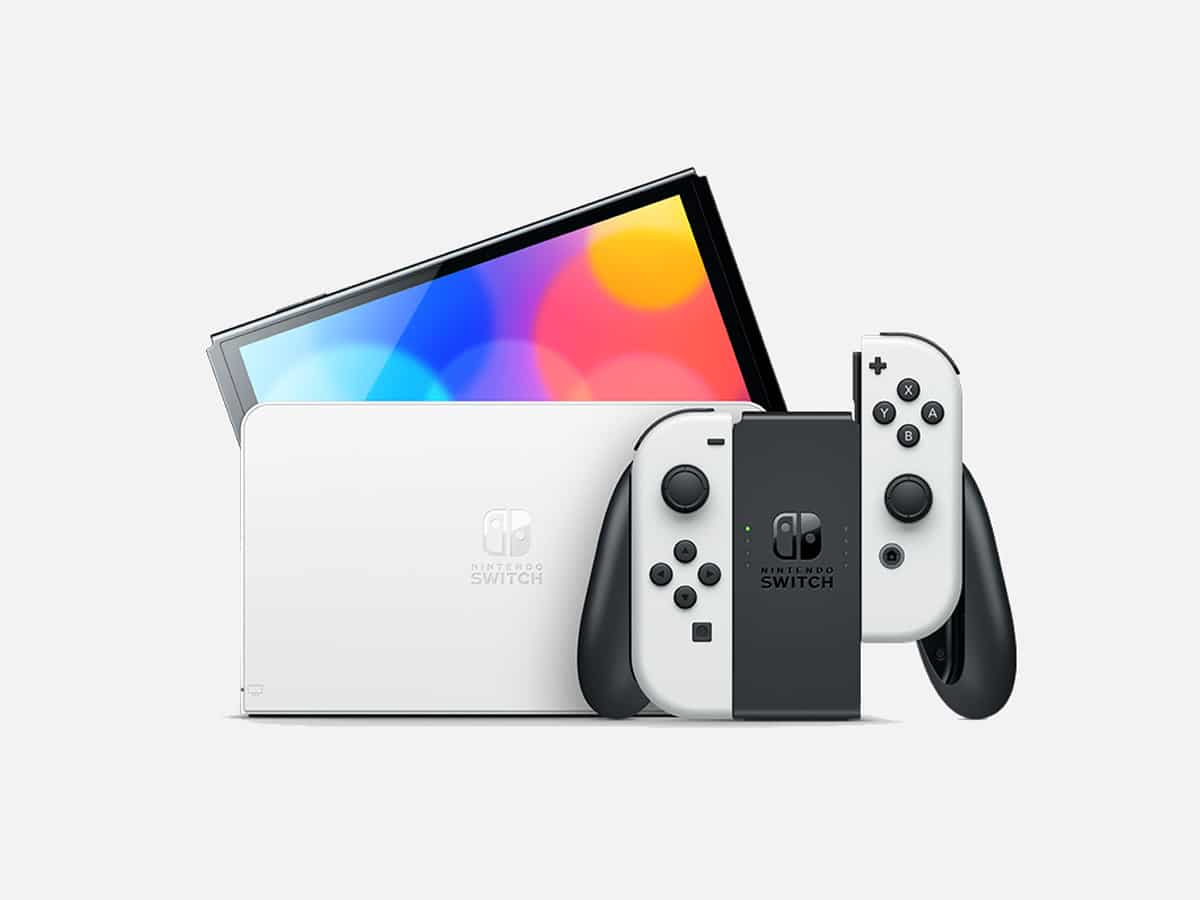
5. Nintendo Switch OLED
Price: from AU$539
- Pros: It’s exactly what it says on the tin. The Switch OLED delivers the same versatility as its predecessor with notable improvements to the display that’s larger and has better colours. It also added better audio for when you’re not playing with headphones.
- Cons: The OLED model doesn’t improve the experience when placed in ‘TV mode’ so current Switch owners shouldn’t think about upgrading unless they play a lot in-hand.
If it’s a casual hand-held gaming console that you’re after, we think you should start your search with the Nintendo Switch OLED. While it’s been challenged by PC-like hand-held devices in the Steam Deck and ASUS ROG Ally, the Switch OLED is the top-of-the-range from Nintendo and still the benchmark for this segment. This is our favourite because of the exclusive games: Super Mario Odyssey, Splatoon 3, and Animal Crossing: New Horizons are just a few that you can only play on Nintendo Switch.
RELATED: Nintendo Switch 2 Reportedly Coming in 2025 with Larger 8-Inch LCD Screen.
The OLED model offers a larger 7-inch display with near-perfect colours, improved audio, added internal storage, and an upgraded kickstand. It’s around $70 more expensive than the Switch original, but we think the price is worth it for these features.
Those who are considering upgrading from the original Nintendo Switch should probably wait for now as the Switch 2 is on the horizon as the console enters its seventh year of production. It’s also worth mentioning that the OLED model doesn’t add anything from a hardware perspective, nor when the device is placed in TV mode, so you won’t get better resolution than 1080p.
Nintendo Switch OLED Specifications:
- Screen: 7.0-inch touch capacitive OLED Screen (1280 x 720 resolution)
- CPU/GPU: NVIDIA Custom Tegra processor
- Storage: 64 GB of internal storage, expandable with microSDHC or microSDXC cards up to 2TB
- Wireless: Wi-Fi, Bluetooth 4.1
- Video output: 1080p via HDMI in TV mode, 720p in tabletop mode and handheld mode
- Audio output: Compatible with 5.1ch Linear PCM output
- Speakers: Stereo
- USB connector: USB Type-C for charging or connecting to the Nintendo Switch dock
- Headphone/mic jack: 3.5mm 4-pole stereo (CTIA standard)
- Internal battery: Lithium-ion battery/4310mAh
- Battery life: Approx. 4.5-9 hours (5.5 hours for The Legend of Zelda: Breath of the Wild).
- Charging time: Approximately 3 hours
Why You Should Trust Our List
Man of Many’s tech writers spend as much time writing about tech as they do testing and reviewing the latest cutting-edge devices. When choosing the best gaming consoles, they leaned on their years of experience to choose the best, evaluating performance hardware and software, value-for-money, battery life, and quality of display when comparing hand-held devices. Each time a device is brought in for review, they’re evaluated against these criteria before making the top of the list. In some cases, new devices may not be fit as a recommendation so they’re added to the ‘alternatives’ section.
This is a general guide that helps steer buyers in the right direction and provides all the information that we believe you will need before purchasing. However, if you want a more in-depth analysis of any of these products, we’ve added links to the full review or spotlight article for each product.
What To Look For When Buying a Gaming Console
When choosing the best gaming consoles we have one goal in mind: to point you in the right direction, no matter which console you might be looking for. We’ve included portable game consoles like the Steam Deck but focused our attention on standalone products like the Sony PlayStation 5 and Xbox Series S and X as these are what most buyers are looking at.
Our process for choosing mainly involved real-world testing where we played on the consoles regularly, and talked with colleagues in our office, and other industry experts who also have hands-on experience with these consoles to gauge their opinions and compare them to ours.
These are the aspects we looked at when deciding our list:
- Exclusive titles: The biggest difference between the two main game consoles( PS5 vs. Xbox Series X) are the titles that you can play. Ultimately, if you want to play Forza Horizon 5 and you don’t have a gaming PC, you’ll have to buy an Xbox. The same goes for PlayStation if you want to play Spiderman. This is the single biggest factor to consider when deciding between them.
- Performance: This section was evaluated differently when looking at standalone consoles vs. portable consoles. Standalone consoles have no issue running the titles that are designed for them, whereas portable consoles can struggle when you adjust graphics settings. We judged them differently because of this and included the top performers only.
- Value for money: Does the product deliver on its promise at a fair price point? The very idea of a game console is to create a seamless experience that offers high-level gaming at an affordable price. If you want ultimate performance, buy a custom gaming PC.





















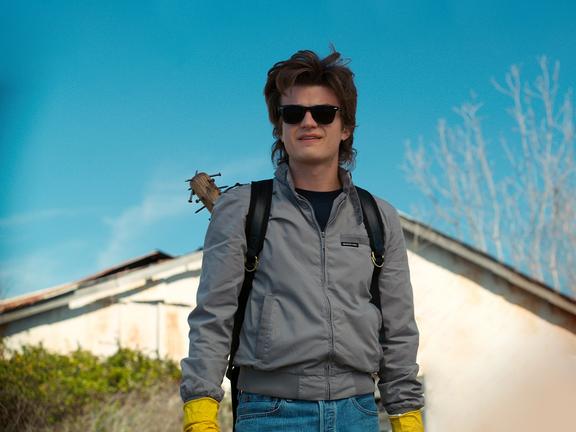
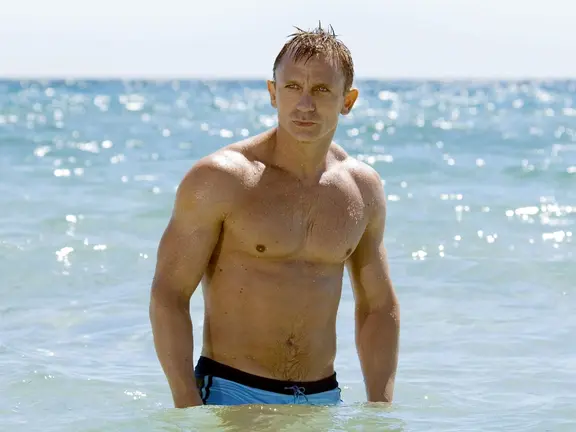


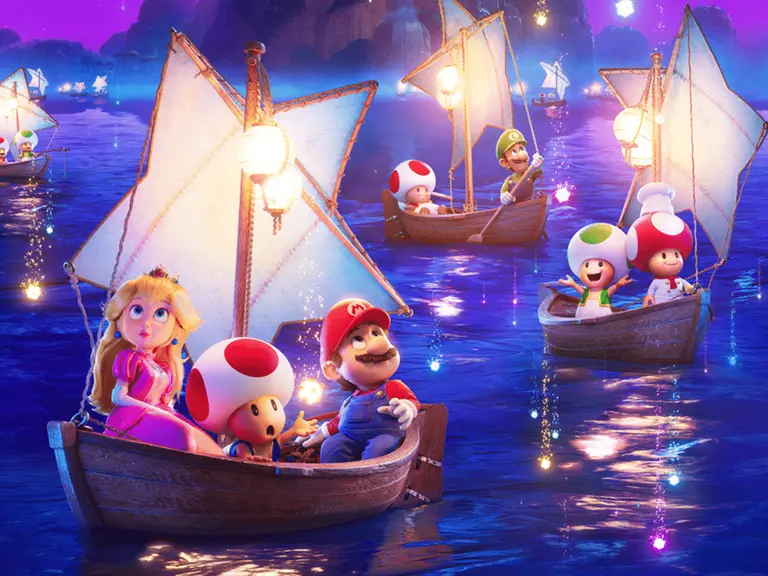





Comments
We love hearing from you. or to leave a comment.